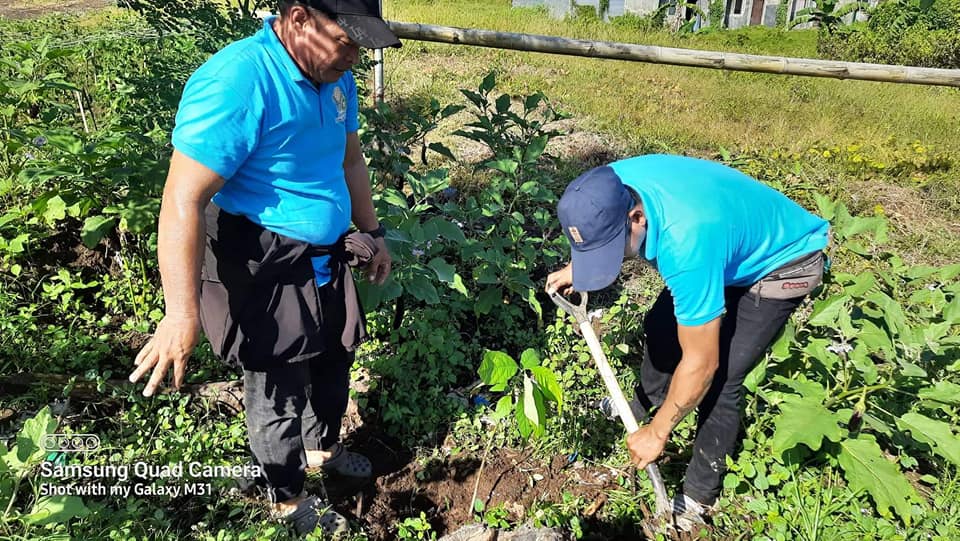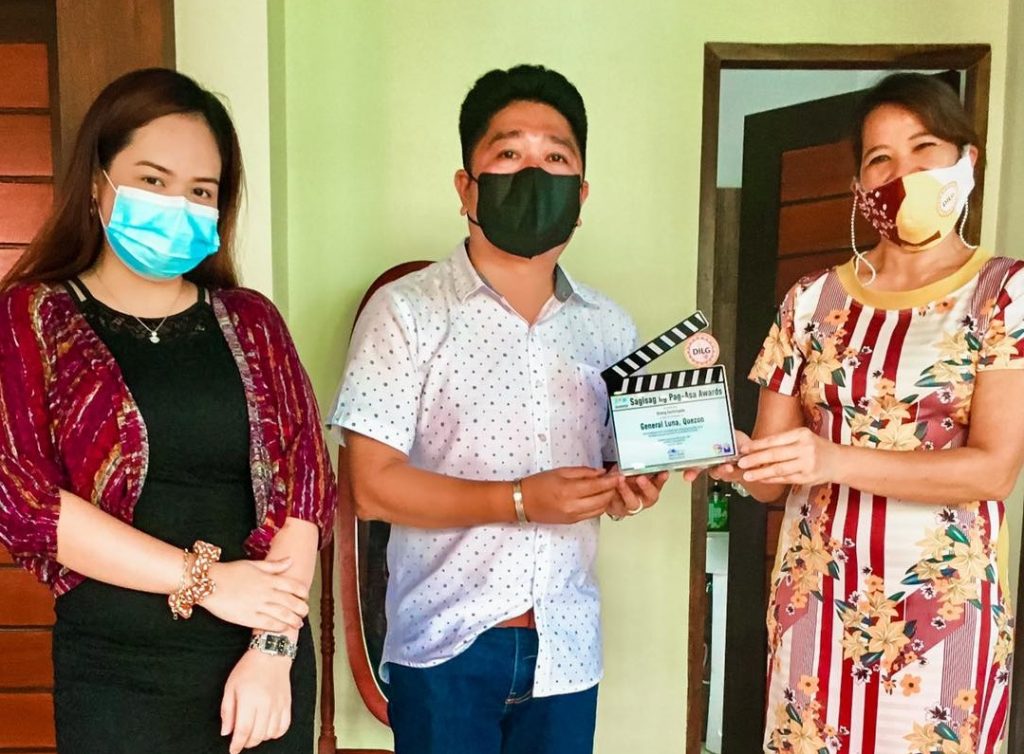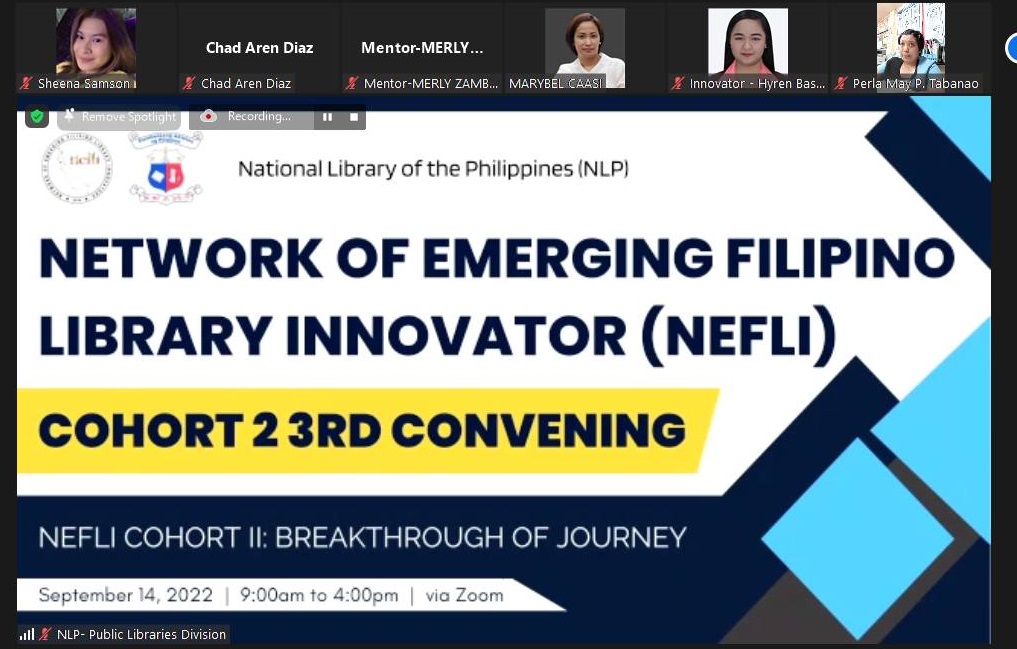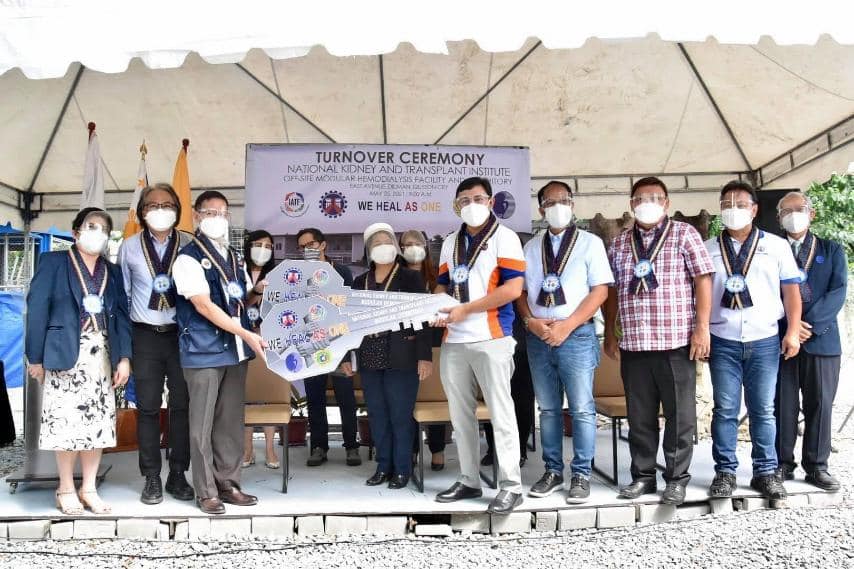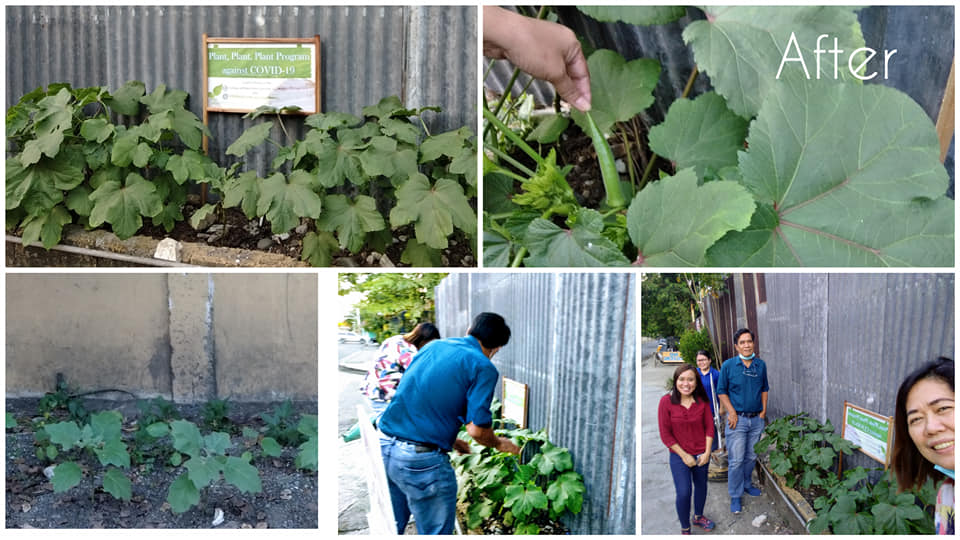Organization
Pangasinan State University
Best Practice Focus Area/s
Research, Extension and Innovation
Year Implemented
April 2020
This is a GBPR for COVID-19 Response entry
Summary
The university realized it had strong monitoring practices, which prevented them from attaining continuous improvement. It conceptualized an array of strategies and processes for the university to engage in Measurement, Analysis, and Improvement of Organizational Performance. Strategies ranged from creating documentation tools to conducting regular gap analyses. Overall, the university has deemed these practices useful; not only have they improved the individual performance of the university personnel, but collectively, these have led to improvements in organizational performance.
Background and Problem
Pangasinan State University acknowledges the need to measure its organizational performance if it aims to implement effective projects and achieve continuous improvement. Notably, this sentiment has even been articulated by Dr. Dexter R. Buted, the university’s president, and Dr. Paulo V. Cenas, their Vice President for their Research, Extension, and Innovation (REI) Office.
This has been brought to light because it has been a pattern that their projects start with planning and end with implementation—more often than not, monitoring and evaluation of projects are not done. Review and trend analysis are also not taken into consideration. Overall, the university had strong monitoring practices, which has prevented them from their goal of continuous improvement.
However, the university understands that simply engaging in organizational measurement is not so easy. For instance, successful measurement is dependent on the knowledge and persistence of the people involved, and they may not have such expertise available. On top of this, while a measurement endeavor may expose some issues, they may only be surface-level if done poorly; likewise, the proposed solutions will also not address the root cause of an issue. Moreover, measurements may not be accurate since realities on the ground are dynamic and constantly shifting, particularly in large organizations like Pangasinan State University (PSU).
Solution and Impact
In line with the issues raised, PSU, through its REI office, conceptualized an array of strategies and processes for the university to engage in Measurement, Analysis, and Improvement of Organizational Performance.
A key component of their solutions was the creation of the Monitoring and Evaluation Office under the Office of the Vice President of Quality Assurance (OVPQA), which institutionalized the whole endeavor of measurement and continuous improvement. Additionally, they also institutionalized many organization-wide strategies involving data gathering and analysis.
Their strategies included:
- Creating documentation tools to be completed within a specific period and submitted regularly (weekly, quarterly, semi-annually, and annually)
- Benchmarking against external criteria to gather comparative information from other universities and organizations at all levels.
- Creating feedback mechanisms so the university’s management could better understand its students, stakeholders, and the rest of its clientele.
- Ensuring that organizational performance is reviewed at different levels of the organization through the conduct of all sorts of reviews, planning sessions, and the compilation of accomplishment reports.
- Conducting regular Gap analysis and Root Cause Analysis to evaluate the differences between the targets set and actual accomplishments
In terms of specific strategies they have implemented, one, in particular, is their utilization of a Balanced Scorecard (BSC). The BSC shows how the campus performs vis-à-vis its targets. And every quarter of the year, the university uses it to evaluate its performance against its targets and likewise apply the necessary interventions.
Another specific strategy they have adopted is their utilization of performance reviews to identify priorities for improvement and opportunities for innovation. These have been instrumental for the university in identifying needs across all aspects, from mentoring and coaching, training and hiring, their instructional delivery system, research, financial management system, and even their response to the COVID-19 crisis.
Crucial to performance improvement is also sharing and implementing best practices. Hence, the university also monitors its high-performing units and incorporates their practices across the university.
Moreover, the university has expanded its efforts to adopt external bodies to measure its performance. In particular, the university submits its programs for accreditation to the Accrediting Agency of Chartered Colleges and Universities in the Philippines (AACCUP). Through this, the university’s performance is evaluated against the agency’s standards.
Overall, the university has deemed these practices useful; not only have they improved the individual performance of the university’s personnel, but collectively, these have also led to improvements in organizational performance.
Milestones
PSU has been a consistent qualifier for Performance-Based Bonus (PBB) since the implementation of this project. The university has complied with all of the mandated indicators for the PBB based on performance and its fourfold functions: instruction, research, extension, and production. The university’s performance is based on targets and indicators. Monitoring and measurement strategies have helped the university keep sight of these targets and indicators.

